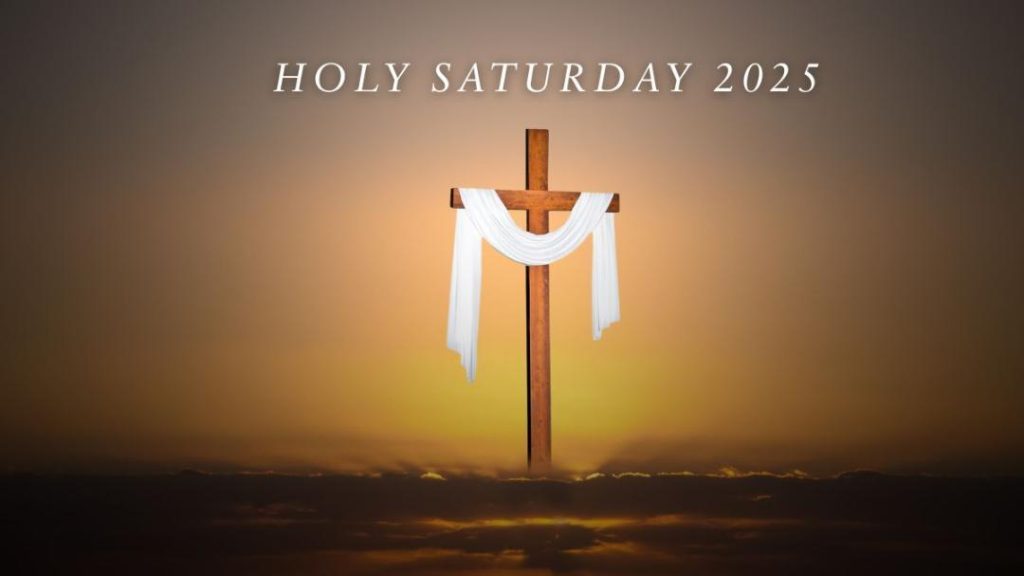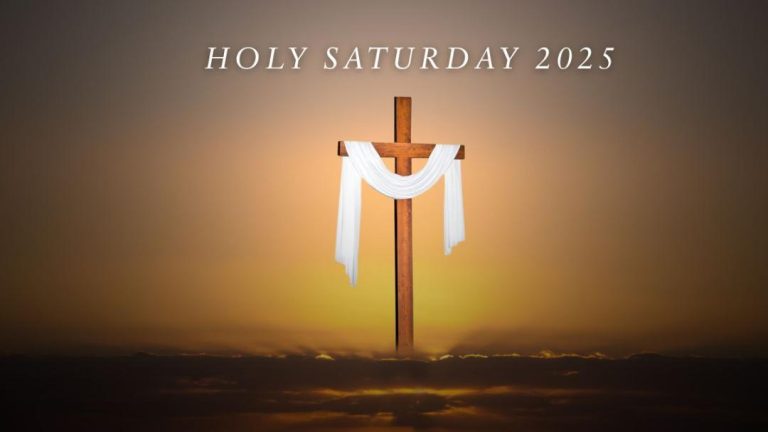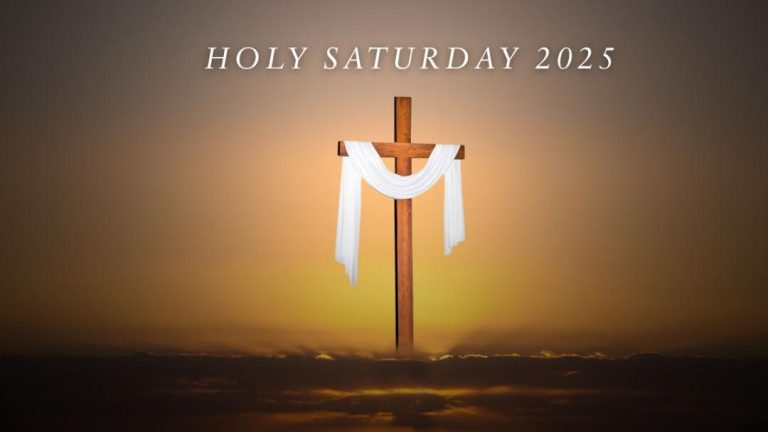
What is Holy Saturday & why is it celebrated?
Holy Saturday, observed between Good Friday and Easter Sunday, marks the day Jesus Christ lay in the tomb after his crucifixion. It signifies a period of silence, reflection, and anticipation before the celebration of his resurrection. This year, Holy Saturday will be observed on April 19, 2025, followed by Easter Sunday on April 20.
For Christians around the world, Holy Saturday is a significant day that holds great spiritual importance. It is a time to reflect on the events that led to Jesus’ crucifixion and his ultimate sacrifice for humanity. The day is often marked by quiet contemplation, prayer, and meditation, as followers of Christ prepare to celebrate his resurrection on Easter Sunday.
The History of Holy Saturday
The concept of Holy Saturday dates back to the early Christian era, when the church observed a period of fasting and prayer in the days leading up to Easter. The exact origin of Holy Saturday is unclear, but it is believed to have been instituted by the early Christian church in the 2nd century AD.
During this period, Christians would often fast, abstain from worldly pleasures, and engage in acts of charity and kindness. The purpose of these practices was to prepare themselves spiritually for the celebration of Jesus’ resurrection on Easter Sunday.
The Significance of Holy Saturday
Holy Saturday is a day of great significance because it marks the final resting place of Jesus Christ before his resurrection. According to the New Testament, Jesus was buried in a tomb after his crucifixion, and his body remained there for three days before his resurrection.
The period of time between Jesus’ death and resurrection is often referred to as the “harrowing of hell,” where Jesus descended into the depths of hell to free the spirits of the righteous from captivity. This event is believed to have taken place on Holy Saturday, making it a day of great spiritual significance.
Practices and Traditions
During Holy Saturday, many Christians engage in various practices and traditions to mark the day. Some common practices include:
- Fasting and abstinence from certain foods and activities
- Attending special church services or prayers
- Engaging in acts of charity and kindness
- Reflecting on the events of Jesus’ crucifixion and resurrection
- Decorating the tomb or Easter sepulcher with flowers, candles, and other symbols
In some Eastern Orthodox and Catholic traditions, the Easter Vigil is celebrated on Holy Saturday evening, which involves a series of prayers, hymns, and readings that culminate in the lighting of the Paschal candle.
Conclusion
Holy Saturday is a day of great spiritual significance in the Christian calendar, marking the period of time between Jesus’ crucifixion and resurrection. It is a day of quiet contemplation, reflection, and anticipation, as followers of Christ prepare to celebrate his ultimate sacrifice and triumph over death.
As we observe Holy Saturday this year, we are reminded of the power of Jesus’ love and the significance of his sacrifice. We are also called to reflect on our own lives and the ways in which we can show love and kindness to others.
Whether you are a Christian or not, Holy Saturday is a day to pause and reflect on the significance of Jesus’ resurrection and its impact on our lives. As we look forward to the celebration of Easter Sunday, may we be filled with hope, joy, and gratitude for the gift of new life that Christ has given us.






